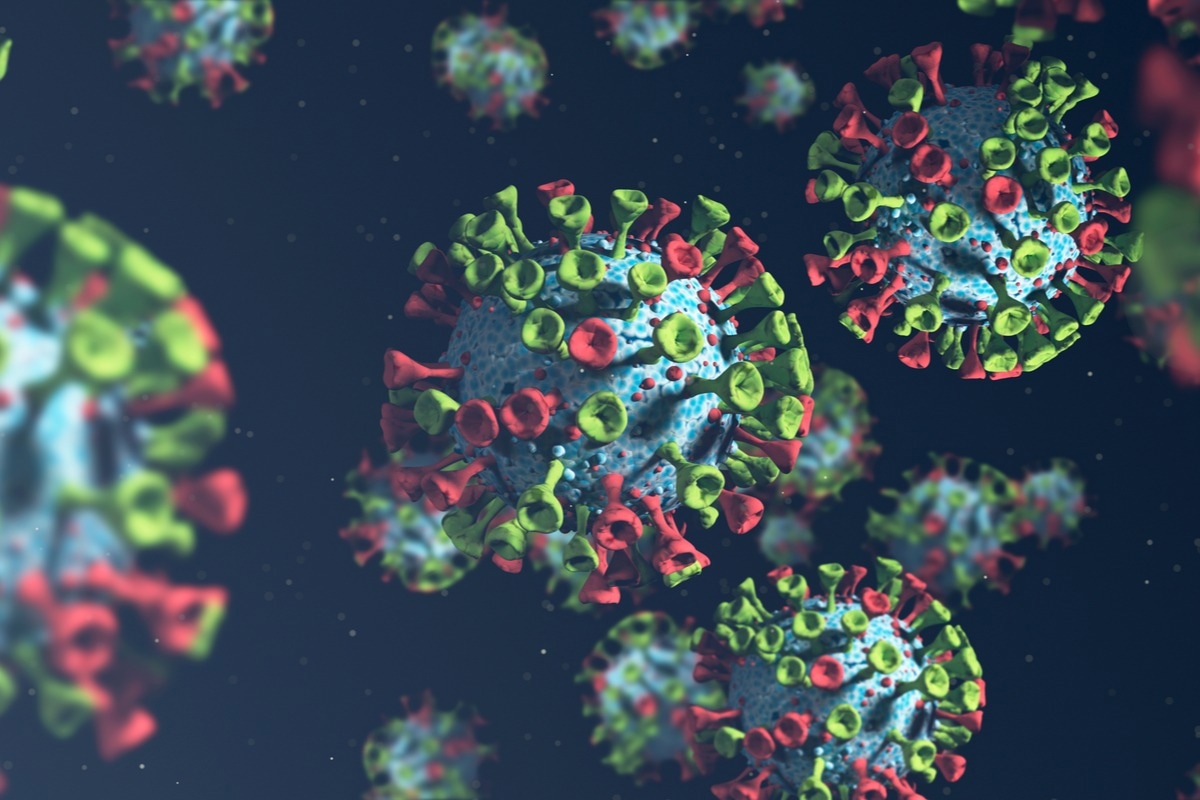In a recent study published in Proceedings of the National Academy of Sciences (PNAS), researchers assessed the global succinylation of severe acute respiratory syndrome coronavirus 2 (SARS-CoV-2)-infected host cells.
 Study: The global succinylation of SARS-CoV-2–infected host cells reveals drug targets. Image Credit: Jezper/Shutterstock
Study: The global succinylation of SARS-CoV-2–infected host cells reveals drug targets. Image Credit: Jezper/Shutterstock
Background
While coronavirus disease 2019 (COVID-19) vaccines have played a critical role in curbing SARS-CoV-2 transmission, the waning effectiveness of the vaccine against novel viral variants has become a subject of grave concern. This has necessitated the development of broad-spectrum and effective ant-viral drugs against SARS-CoV-2 and its emerging variants.
About the study
In the present study, researchers investigated the succinylation of host and SARS-CoV-2 proteins via succinylproteomics analysis based on quantitative mass spectrometry.
The team analyzed the effect of SARS-CoV-2 infection on host protein post-translational modifications (PTMs) in the early phases of infection by determining the viral infection conditions in Caco-2 cells. The overall profiles related to the five types of PTM were examined after SARS-CoV-2 infection, such as acetylation, lactoylation, malonylation, succinylation, and ubiquitination. Furthermore, the team harvested Caco-2 cells in biological triplicate samples at zero, 12, and 24 hours post-infection (hpi). Each sample was assessed for variations in the global protein abundance, transcription, or succinylation. The infection group analyzed at zero hpi was employed in all the comparisons to estimate the fold-changes corresponding to genes or proteins.
The probability of interference of non-succinylated proteins was eliminated by comparing the fold-changes observed in succinylated proteins and total proteins in abundance. Furthermore, the translation pattern of the SARS-CoV-2 proteins was detected by the analysis of the abundance of viral transcriptome and proteome observed at varied time points.
Results
The study results showed that protein succinylation was substantially upregulated in the early phases of SARS-CoV-2 infection, which was positively associated with the period of infection. The team also observed that the number of host proteins reduced in abundance in the later phases of infection. Furthermore, the proportion of the succinylated sites and proteins also increased, indicating that the viral infection elicited a response from the host succinylated proteins.
The team classified the host succinylated proteins into four groups based on the fold-changes in abundance. This revealed that several succinylated proteins were present in the second cluster, indicating that the host protein succinylation levels were positively associated with the process of viral infection. This positive correlation was further verified by a deeper analysis of the nine groups of protein abundance as well as succinyl protein abundance during the infection. Furthermore, the team noted that the abundance of the succinylated proteins in the host was substantially upregulated at 24 hpi, even though the abundance of total proteins revealed no remarkable variation. This indicated that protein succinylation represented a crucial host response against COVID-19.
Detection of the translation patterns showed that most of the viral transcripts were substantially upregulated in the early phases of the infection. With respect to viral abundance, the team observed that only four proteins, namely SARS-CoV-2 membrane glycoprotein (M), nucleocapsid (N), open reading frame 3 (ORF3), and spike protein (S) were at detectable levels at 24 hpi. These results were consistent with the SARS-CoV-2 life cycle in infected cells.
Furthermore, the team found that the modification in succinylation occurred in only the N and M proteins at 24 hpi. On the other hand, both N and M proteins were in high abundance at 12 hpi while succinyl modification was not detected at this point, indicating that succinylation of the N and M proteins occurred only after protein translation in the viral replication process. The team also observed that the succinylated sites located in the M protein were conserved in all the SARS-like coronaviruses. This suggested that SARS-CoV-2 protein PTMs such as succinylation have a regulatory role in the process of viral replication.
The researchers recognized that 1000 succinylated host proteins detected at 24 hpi as well as 246 proteins were differentially expressed. Moreover, enrichment analysis revealed that the succinylated host proteins that displayed upregulation were also involved in the pathways associated with proteasome, ribosome, and spliceosome metabolism, while the down-regulated proteins were associated with systemic lupus erythematosus, neutrophil extracellular trap formation, alcoholism, and viral carcinogenesis.
Assessment of succinylation inhibitors showed that ST1326, an inhibitor of carnitine palmitoyltransferase I (CPT1), displayed antiviral activity in Caco-2 cells as well as HEK293T-angiotensin-converting enzyme-2 (ACE-2) cells. The adenosine monophosphate-activated protein kinase (AMPK) inhibitor STO-609 also exhibited antiviral activity in Caco-2 cells but a comparatively lower antiviral activity in HEK293T-ACE2 cells.
Conclusion
Overall, the study findings showed that global succinylproteomics analysis could accurately reveal the impact of SARS-CoV-2 infection and viral protein succinylation modification on metabolic processes in the host cells.